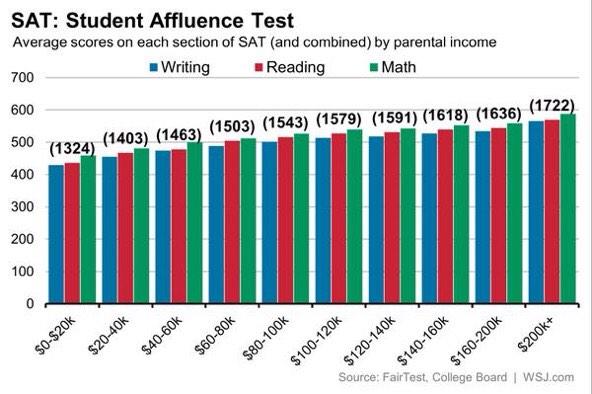Katie Taylor is a recently renewed NBCT (AYA/ELA) and serves as the Deputy Director for the Center for Strengthening the Teaching Profession. The views represented in the blog post are her own and not representative of the organization for which she works.
Why I’m Not Opting Out
My third grade daughter came home from school on Tuesday, “too pooped to practice.” This is unusual for her, because rain or shine she cannot wait for Tuesdays and Thursdays because those are “soccer practice days.” She wasn’t ill, the weather was perfect for practice, so what gives?
Tuesday was SBAC testing, the third one so far in the last two weeks. When I sought the source of her exhaustion, I calculated that excluding stretch and snack breaks, recess and lunch, 4.5 hours of her 6.5-hour school day was spent testing.
4.5 hours in front of a screen, taking a test. Looking at her face, my mother bear instinct kicked in and I thought, “I’m not having her go through this again” despite the fact that she still has at least two more days of testing to go.
And yet, after thinking it over, I decided not to opt her out of the rest of her tests.
I’ve been an educator for 18 years, a National Board Certified Teacher for 10, and a parent for 11 years. As an educator with children in public school, it is sometimes difficult to find the line between when I am engaging as an educator and when I am engaging as a parent. This year of testing has been particularly hard from both stances.
As a parent I am tempted to excuse her from testing, the educator in me knows the undue burden it would do to the other children, teachers and administrators at her school. Her discomfort was for a day, and no more than 5-7 partial days in one month. The pain inflicted on teachers and schools for low participation and low-test scores lasts entire school years.
I believe the solution lies in removing the punitive nature of what the test scores mean for schools in terms of resources and performance evaluations. I do not believe that my pulling my daughter out of school during the state tests accomplishes that. Being part of public education is being a part of a collective community, and I fully recognize that there are parts of her community that do not have the luxury of opting their children out for a myriad of reasons. For many of these families, the high-stakes tests are even more high-stakes since it’s many of these children’s scores on which resource allocation decisions are made.
Don’t get me wrong, I don’t like how much my children are tested, but I also don’t have any interest in returning to a time when it was okay to ignore the opportunity gap. Her teacher doesn’t want to spend his time testing, nor does her principal and I won’t affect a change in that outcome by having my daughter miss testing days.
As an educator and as a parent, I can make a change by being active in policy conversations and using my voice to change current and future testing practices.
As a parent, I can do what I did this week – listen to my daughter’s concern, tell her I’m proud of her perseverance and that all I want is for her to do her best, and then take her out for ice cream and tuck her in bed early with a good book.






